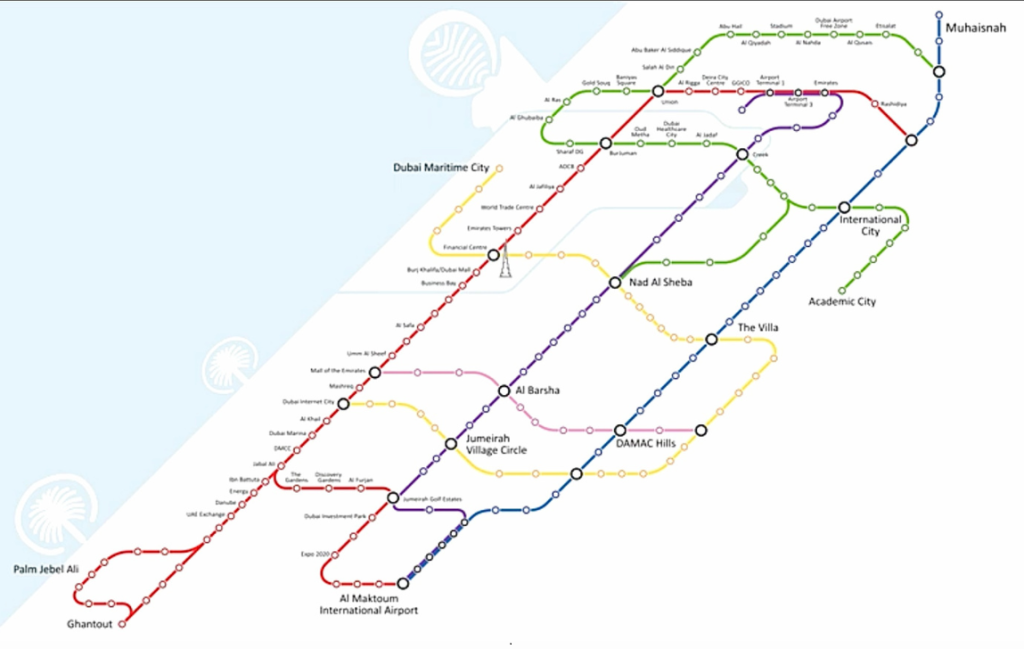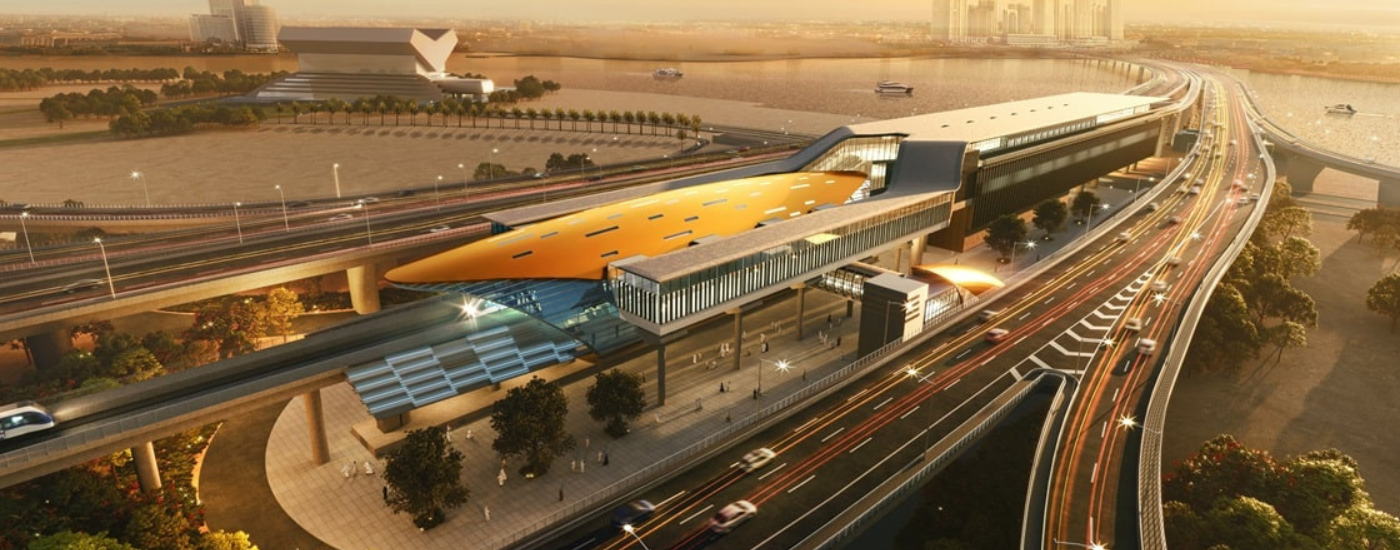The long-awaited Dubai Metro Blue Line project has been approved. Unveiled by Sheikh Mohammed bin Rashid Al Maktoum, the vice president, prime minister of the UAE, and ruler of Dubai, this ambitious initiative underscores the city’s commitment to advancing its infrastructure in tandem with rapid urban development. In this article, we will cover everything you need to know about Dubai’s new Dh18 billion blue line.
What is The New Metro Project in Dubai?
The Blue Line, an engineering marvel, will cover a sprawling 30 kilometers, seamlessly blending underground and above-ground segments. Linking Dubai International Airport to key areas along its route—Mirdif, Al Warqa, International City 1 and 2, Dubai Silicon Oasis, Academic City, Ras Al Khor Industrial Area, Dubai Creek Harbour, and Dubai Festival City—the project is poised to redefine connectivity in the city.

Overview of the Blue Line – Route Structure
The Blue Line will have two main routes. The first, originating at the Creek Interchange Station on the Green Line, will span 21km and feature 10 strategically located stations. The second route, commencing at the Centrepoint Interchange Station on the Red Line in Al Rashidiya, will extend for 9km with four stations, facilitating seamless travel for residents and visitors alike.
Sheikh Mohammed’s Vision
Sheikh Mohammed emphasized that investments in such infrastructure projects align with Dubai’s overarching strategy for city development, addressing the demands of an increasing population. The visionary project marks a significant milestone as the first metro route to traverse Dubai Creek through a remarkable 1,300m viaduct.
Timeline and Milestones
Scheduled for completion in 2029, coinciding with the 20th anniversary of the Dubai Metro, the Blue Line represents a quantum leap in the city’s rail network. Contracts for the construction of this innovative transit system are anticipated to be awarded in 2024.

Expanding the City’s Transit Network
Upon the Blue Line’s completion, Dubai’s comprehensive railway network will expand from 101km to an impressive 131km. This includes 120km for the Dubai Metro and an additional 11km for the Dubai Tram, solidifying Dubai’s commitment to sustainable and efficient public transportation.
The Blue Line’s architectural prowess extends to its nine elevated and five underground stations, each designed with precision and functionality. By 2030, the Blue Line is projected to cater to approximately 200,000 daily passengers, with a surge to 320,000 expected by 2040. Remarkably, the line is engineered to accommodate an estimated capacity of around 56,000 passengers per hour in both directions, operating with a service interval of just 1.5 minutes.
Dubai 2040 Urban Master Plan Integration
This new metro project is part of the Dubai 2040 Urban Master Plan, which aims to evolve the emirate into a ’20-minute city.’ This vision seeks to provide residents with access to 80% of their essential services within a convenient 20-minute travel time.
Architectural Excellence and Sustainability
Mattar Al Tayer, the director-general of the Roads and Transport Authority (RTA) and chairman of the board of executive directors, highlighted key features of the Blue Line during the ceremony. He stated, “The Dubai Metro Blue Line stands out with several notable features, including an iconic station at Dubai Creek Harbour featuring distinctive architectural design. This landmark station will be crafted by the globally renowned firm Skidmore, Owings and Merrill (SOM), one of the largest architectural offices worldwide. SOM is renowned for designing iconic structures such as the Burj Khalifa, the Denver Union Railroad Station in Colorado, and the Sears Tower in Chicago.”
Al Tayer further revealed that the Blue Line will boast the largest underground interchange station within the metro network, covering an expansive area of 44,000m². This station is designed to accommodate approximately 350,000 passengers daily, ensuring a seamless and efficient transit experience for commuters.

In a pioneering move, the Blue Line sets a precedent as the first transport project of its kind to adhere to green building regulations and specifications, achieving platinum category status. This commitment to sustainability aligns seamlessly with Dubai’s broader vision for a greener and more eco-friendly urban landscape. Earlier this year, Dubai’s government invited companies to bid for a contract to provide project management consultancy for deep tunnels and sewage treatment plants across the city.
How Much Did The Dubai Metro Project Cost?
Sheikh Mohammed Bin Rashid Al Maktoum announced that the Blue Line project, identified as the emirate’s most substantial venture in the public transport sector, is estimated to cost $4.9 billion (Dh 18 billion).
Conclusion
Dubai Metro Blue Line project shows Dubai’s unwavering commitment to progress, seamlessly blending innovation, sustainability, and visionary urban planning. Sheikh Mohammed bin Rashid Al Maktoum’s leadership has propelled the city into a new era of connectivity, with the Blue Line standing as a testament to the emirate’s dedication to meeting the evolving needs of its growing population. As part of the Dubai 2040 Urban Master Plan, the project not only redefines urban transit but also envisions a future where essential services are within a 20-minute reach for residents. The fusion of architectural excellence, environmental consciousness, and strategic expansion positions the Blue Line as a model for sustainable urban development. To learn more about interesting and informative topics, keep following AZCO Real Estate Brokers LLC.

